AWS Outage Just Happened. Your Board Wasn't Watching.

Let me tell you what actually happened when the internet crashed.
AWS—Amazon Web Services—blamed a "load balancer problem."
That's corporate speak for: An AI supervisor misdiagnosed a crisis and crashed everything.
The load balancer is software. A program written to monitor web traffic loads across servers. It's supposed to see problems coming and redirect traffic before systems fail.
Instead, it saw a ghost.
Made the wrong call.
And took down stock markets, airlines, and billions in commerce.
This is AI Y2K.
And I watched it play out in real-time from Cebu—because I've seen this exact pattern before.
Y2K: When I Fixed This Problem at Lind Waldock
December 31, 1999.
Every company running mission-critical systems faced reality: the 1999-to-2000 date turnover could crash everything.
Lind Waldock processed Chicago Board of Trade Options—billions of dollars that MUST process overnight and balance accounts.
Zero margin for error.
I configured HACMP (High Availability Cluster Multi-Processing) server farms at 50% capacity.
Why?
Because when—not if—one server failed, the other two could immediately take over at 75% capacity and keep processing.
Result: Zero downtime through Y2K.
I managed these same disaster recovery protocols at IRI and MCI/WorldCom.
The Pattern Nobody's Talking About
Companies today are embedding AI into infrastructure the same way they hardcoded two-digit dates in the 1990s.
Fast. Cheap. "It works now."
Nobody's asking: "What happens when AI makes the wrong call?"
Monday answered that question.
An AI load balancer saw a problem that didn't exist. Diagnosed it incorrectly. And shut down systems managing trillions in daily transactions.
This wasn't an anomaly. This was the first domino.
The AWS Monopoly Problem
Here's what your board isn't discussing:
AWS hosts a massive percentage of the internet. Companies rent server capacity instead of owning infrastructure. It's efficient—until it's not.
When AWS crashes, entire industries go dark.
Sound familiar?
I was at Illinois Bell when the government broke up AT&T in 1982.
AT&T controlled telecommunications. Total monopoly. Government stepped in, forced divestiture, and unleashed:
→ UNIX liberation (freed from Bell Labs monopoly)
→ Internet creation
→ Apple's operating system (Jobs bought BSD UNIX)
→ Trillions in wealth for pattern recognizers
AWS today = AT&T in 1981.
Stock markets crashed Monday. Airlines grounded. Commerce stopped.
How long before the U.S. government puts AWS forced divestiture on the table?
It's not IF. It's WHEN.
The AI Boom Will Bust—And Acquisitions Will Be Bloody
I just evaluated PIPEDREAM and AI Agent—two tools promising connectivity between AI prompts.
Duct tape and Lego blocks.
Not market ready.
These tools are being sold as "infrastructure solutions" the same way inferior software flooded markets before Y2K.
I've seen this before.
At Wisconsin Voices, we used Traject Social for grant management. Good product. Small company. Didn't have the customer base to survive.
They got acquired. The new parent company gutted features. We scrambled to replace critical infrastructure mid-operations.
At McDonald's, I watched them extract data from reports using inferior software—because they chose cheap over capable.
How do I know it was inferior? Because I worked for Pansophic Systems, who had top-of-the-line tools:
- Easytrieve (extracted data from reports cleanly)
- Librarian (managed mainframe code libraries)
Pansophic got purchased by Computer Associates. Happens every cycle.
Here's the pattern:
AI boom → Overvalued startups → Crash → Acquisition bloodbath → Companies scrambling to replace gutted infrastructure.
Your disaster recovery protocol needs to account for this.
What Boards Need to Do Now
If your company is heavily dependent on AWS:
1. Audit your disaster recovery protocol.
What happens when AWS crashes for 12 hours? 48 hours? A week?
2. Identify AI-embedded systems.
Where have you deployed AI decision-making in mission-critical infrastructure? What happens when it makes the wrong call?
3. Plan for forced divestiture scenarios.
AWS monopoly breakup will create opportunities—but only for companies positioned to move fast.
4. Stop deploying duct-tape solutions.
PIPEDREAM, AI Agent, and a dozen other "connectivity" tools are being sold as infrastructure. They're not ready. Vet everything.
5. Get fractional expertise before crisis hits.
I configured Y2K disaster recovery. I managed infrastructure through MCI/WorldCom collapse. I rebuilt after total loss in the housing crash.
You don't hire me to avoid crisis.
You hire me to turn crisis into revenue.
The 90-Day Window Is Open
Most executives are watching headlines about Monday's crash.
I'm watching the 90-day opportunity window before AWS forced divestiture becomes obvious.
Government disruption = Market creation.
I survived the AT&T breakup. I know what pattern recognition looks like when trillions are about to shift.
Want the signals nobody else is tracking?
📬 Subscribe to MAD 2.0 Newsletter - Strategic intelligence on policy disruptions creating market opportunities.
Need an infrastructure audit before your next board meeting?
📊 Take My Crisis-Readiness Assessment - Find out if your disaster recovery protocol will survive AI Y2K.
Life rewards originals, not copies.
Charles K. Davis
Fractional CMO/CTO | Crisis-to-Revenue Specialist
AT&T Breakup Survivor | Y2K Zero-Downtime Architect | Cebu-Based



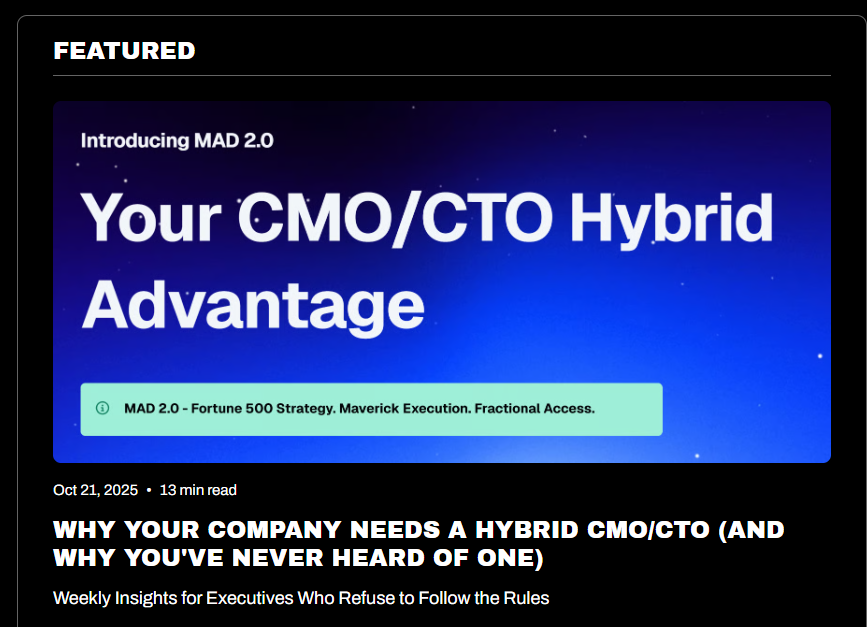



.jpg)

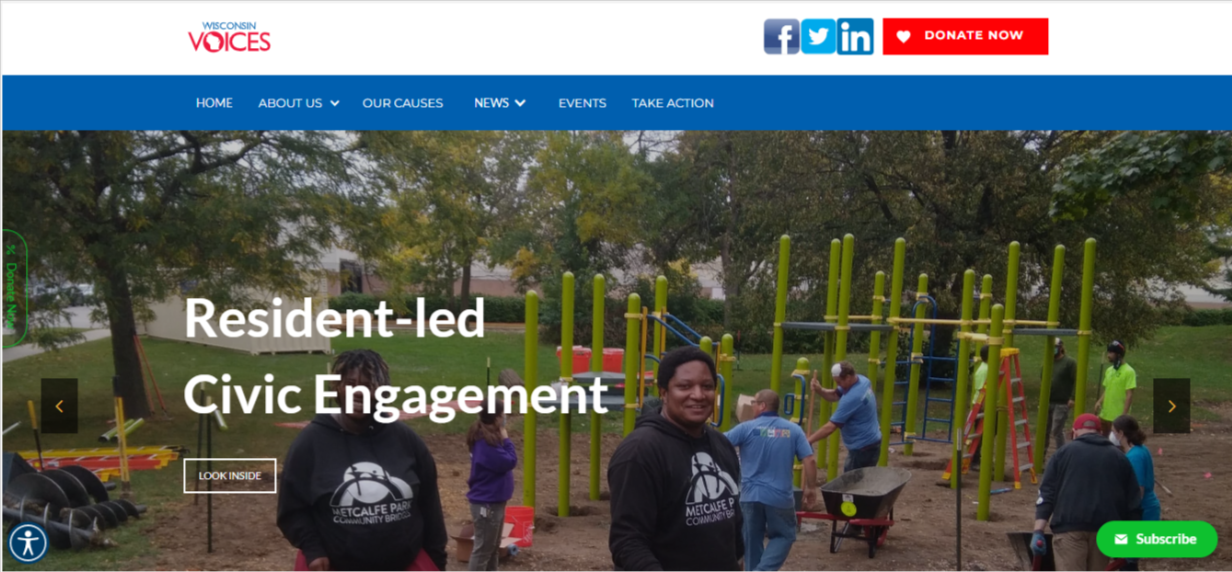

.jpg)
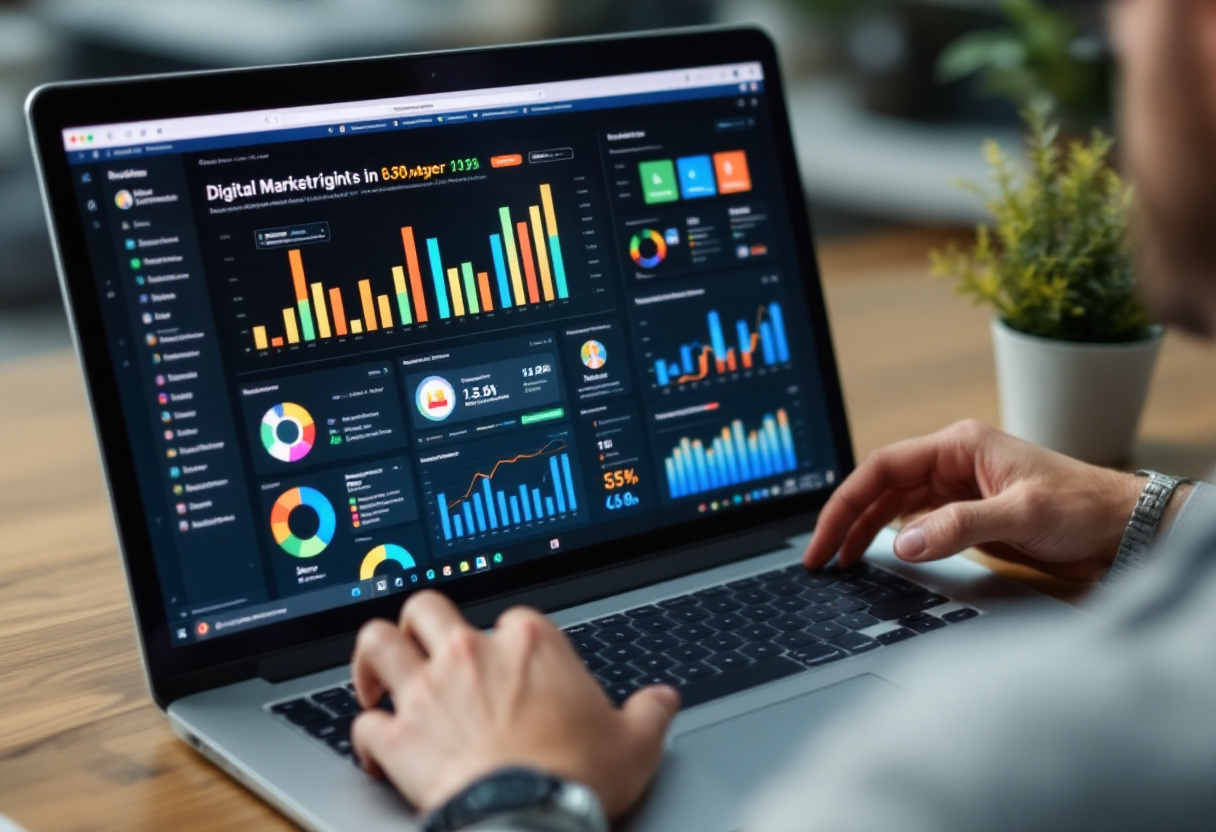

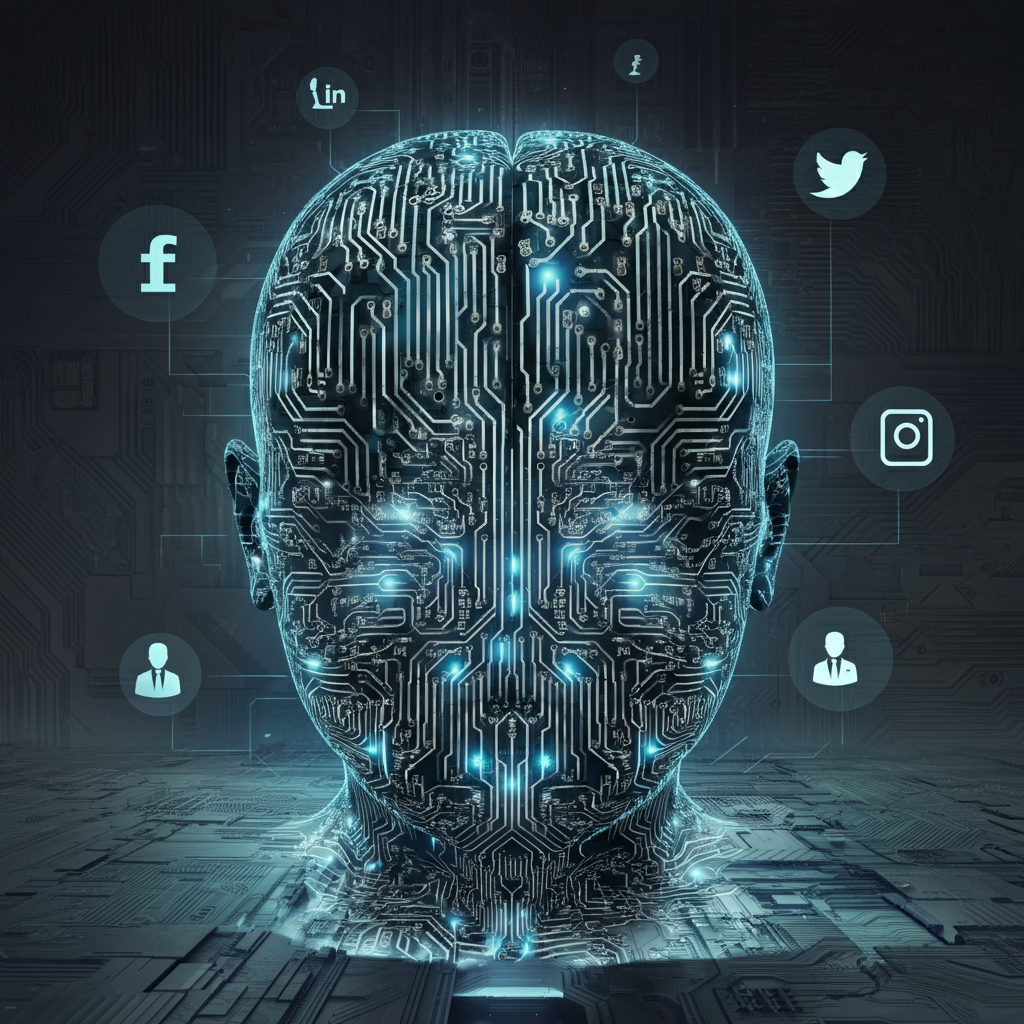


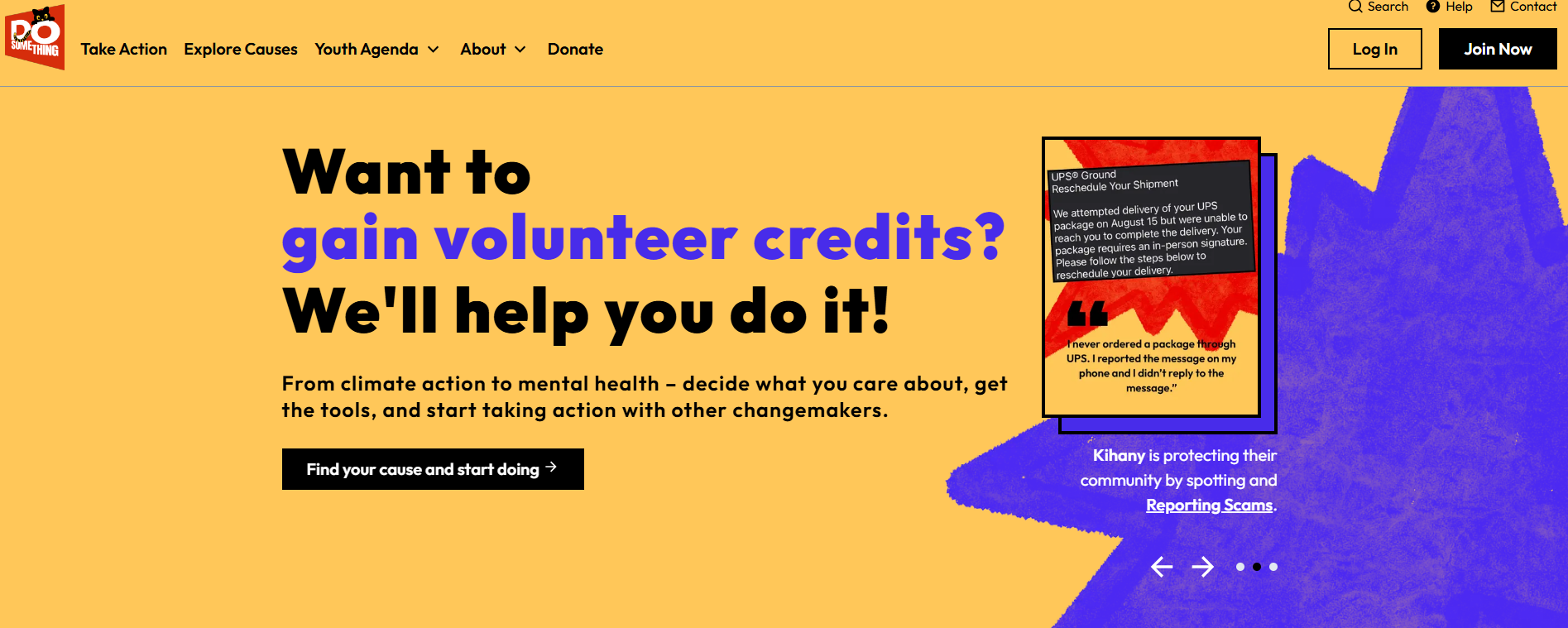




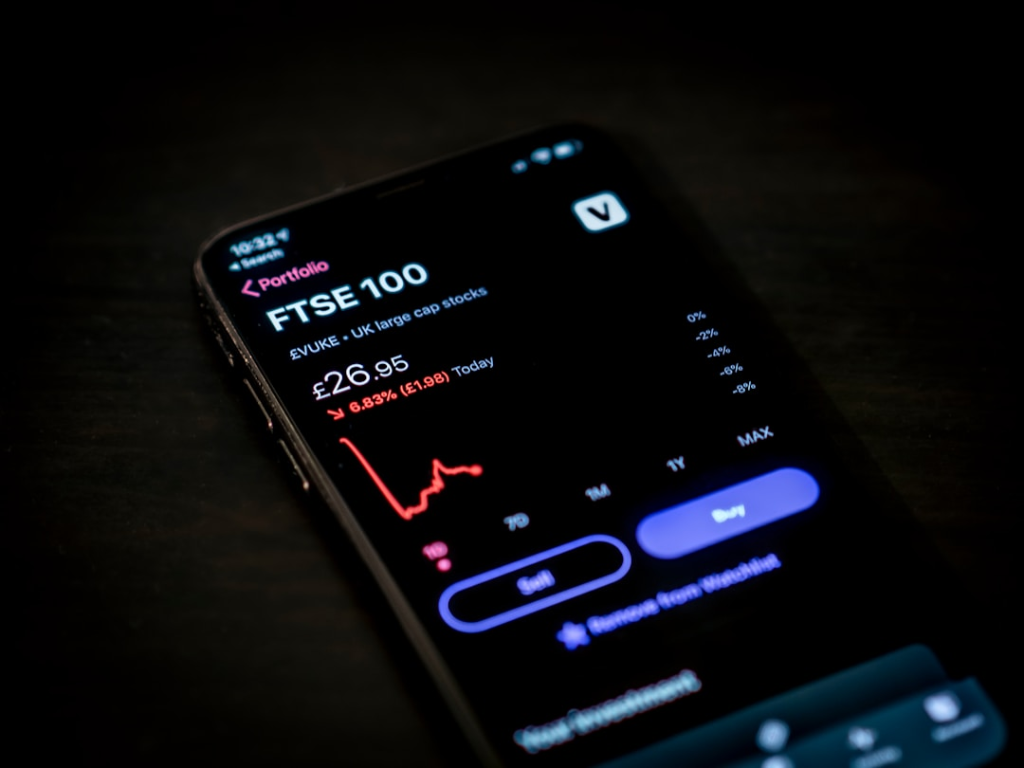
.jpg)


.jpg)
.jpg)

.jpg)


.webp)

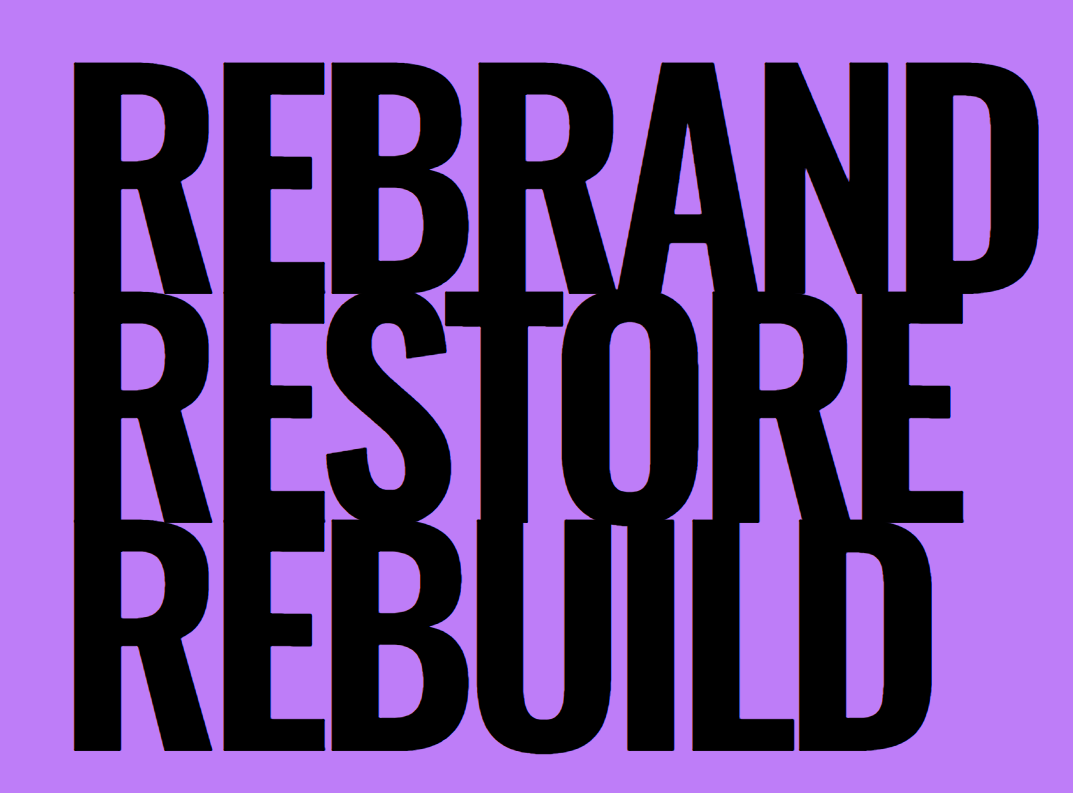



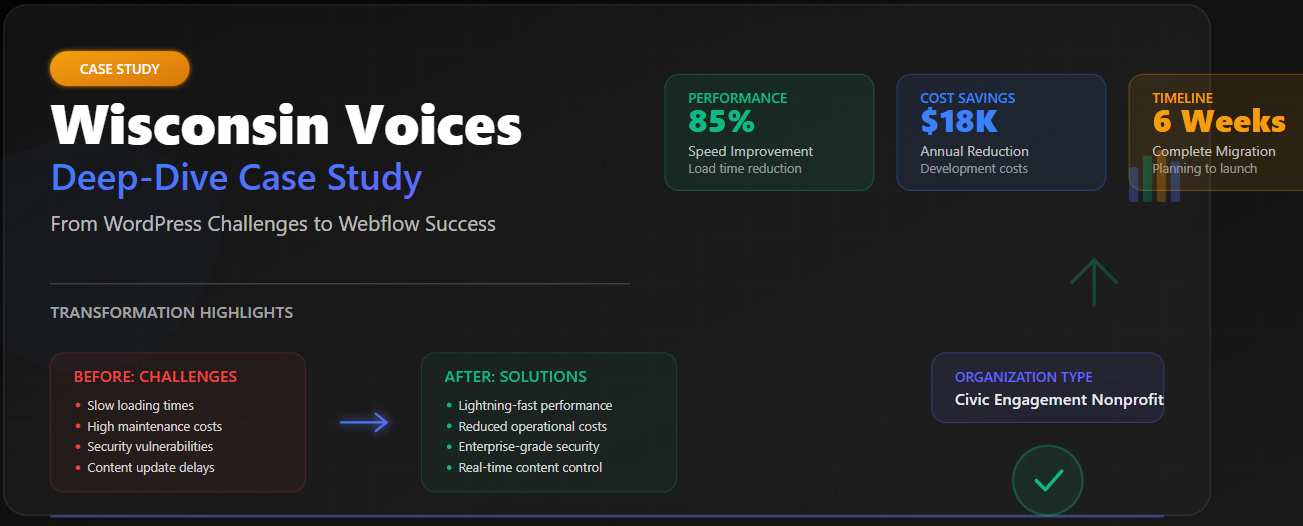
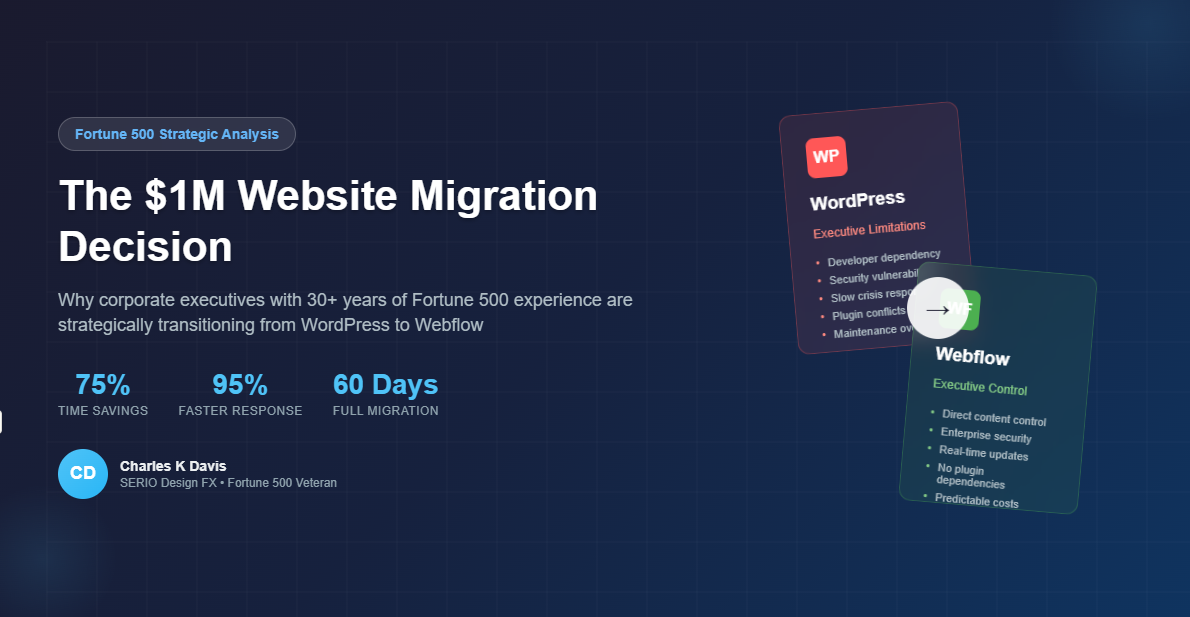
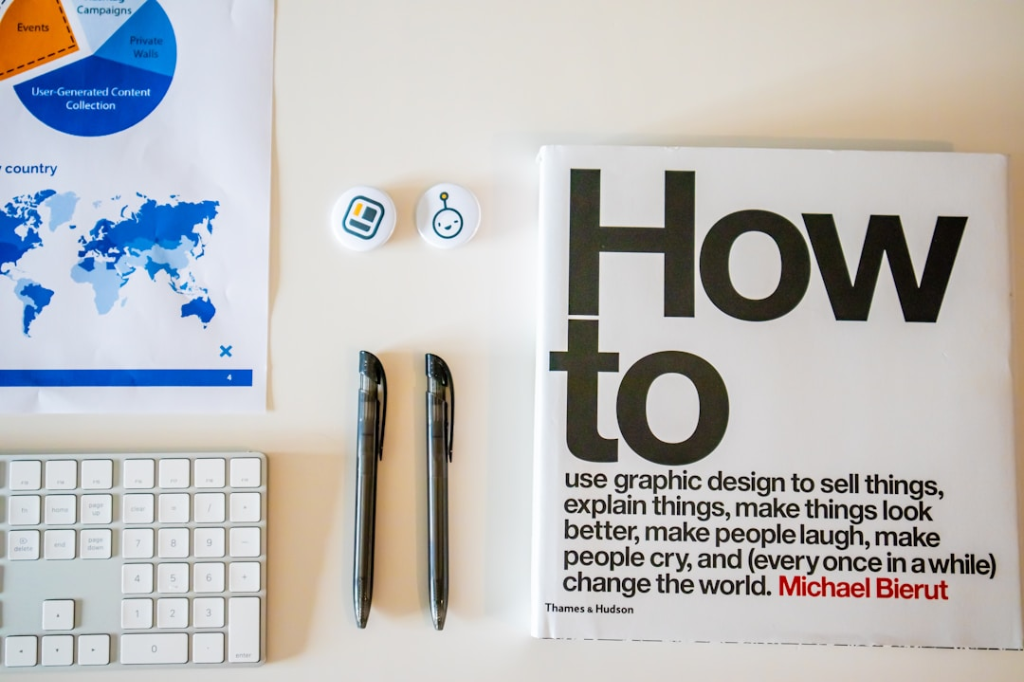











.png)

.png)





.png)





.png)






























